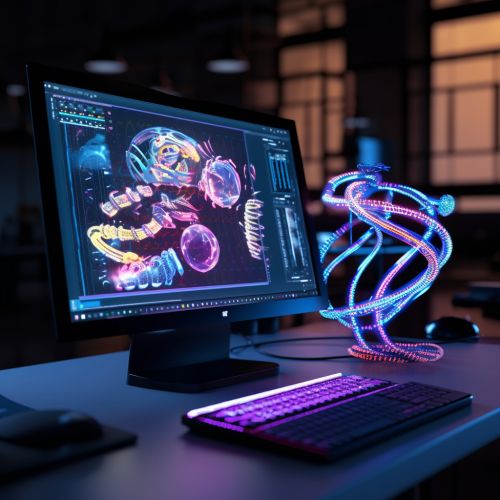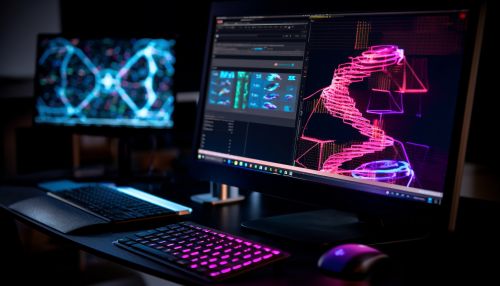The Role of Bioinformatics in Cancer Research
Introduction
Bioinformatics, a hybrid science that links biological data with techniques for information storage, distribution, and analysis, plays a crucial role in modern cancer research. This field provides tools and methods to understand the genetic and molecular basis of diseases, particularly cancer, and offers a platform for the discovery of new therapeutic targets and drugs.
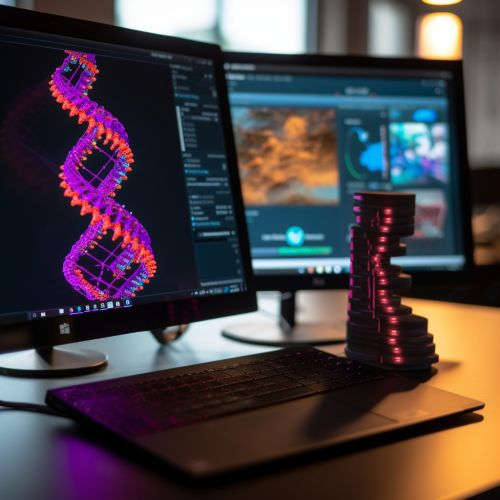
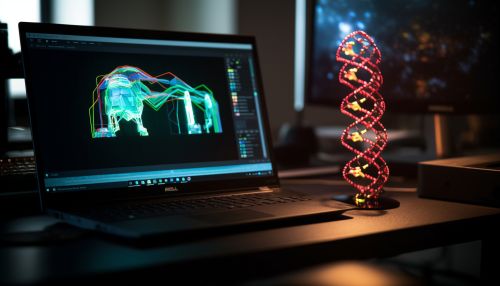
Role of Bioinformatics in Cancer Research
Bioinformatics is pivotal in cancer research due to its ability to handle and analyze vast amounts of biological data generated by modern high-throughput technologies. This includes genome sequencing, microarray, proteomics, and metabolomics data.
Genomic Data Analysis
Bioinformatics tools are used to analyze genomic data to identify mutations and genetic variations associated with cancer. This includes the identification of single nucleotide polymorphisms (SNPs), copy number variations (CNVs), and other forms of genetic variation that may contribute to tumorigenesis.
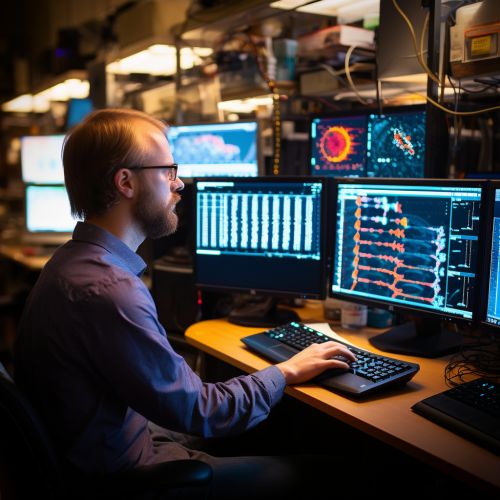

Transcriptomic Data Analysis
Bioinformatics is also used in the analysis of transcriptomic data, which provides information about gene expression levels in cancer cells. This can help identify genes that are overexpressed or underexpressed in cancer, which can be potential targets for therapy.
Proteomic and Metabolomic Data Analysis
In addition to genomic and transcriptomic data, bioinformatics also plays a role in the analysis of proteomic and metabolomic data. This can provide insights into the protein and metabolic pathways that are altered in cancer, providing further targets for therapeutic intervention.

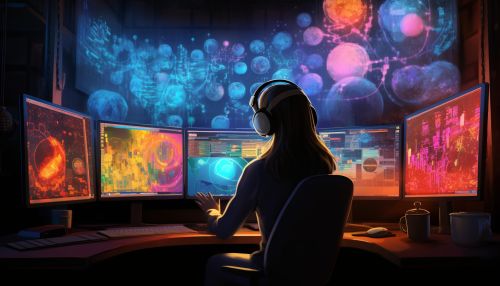
Bioinformatics Tools in Cancer Research
There are numerous bioinformatics tools and databases that are specifically designed for cancer research. These include tools for data mining, visualization, and analysis, as well as databases that store genomic, transcriptomic, proteomic, and metabolomic data from cancer patients.
Data Mining Tools
Data mining tools in bioinformatics are used to extract useful information from large datasets. These tools use machine learning algorithms to identify patterns and relationships in the data, which can provide insights into the underlying biology of cancer.
Visualization Tools
Visualization tools in bioinformatics are used to represent complex biological data in a visual format, making it easier to interpret and understand. These tools can be used to visualize genomic, transcriptomic, proteomic, and metabolomic data, as well as the relationships between these data.
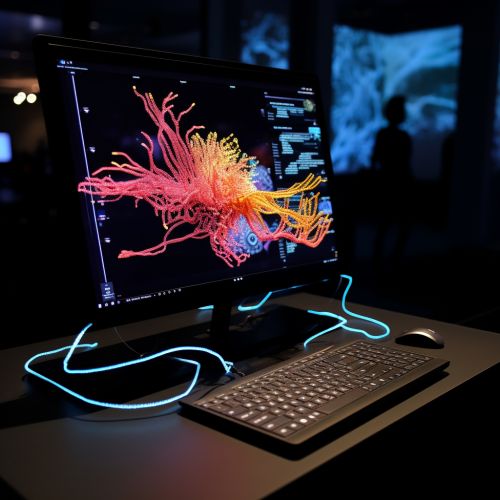
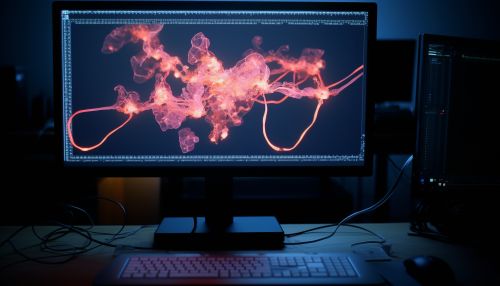
Analysis Tools
Analysis tools in bioinformatics are used to analyze biological data and generate meaningful results. These tools can perform a variety of analyses, including differential gene expression analysis, pathway analysis, and network analysis.
Databases
There are numerous databases in bioinformatics that store biological data from cancer patients. These databases can be used to compare the genomic, transcriptomic, proteomic, and metabolomic profiles of cancer patients with those of healthy individuals, providing insights into the molecular mechanisms of cancer.
Future Directions
The field of bioinformatics is continually evolving, with new tools and methods being developed to handle the increasing amount of biological data being generated. As these tools and methods become more sophisticated, they will provide even deeper insights into the biology of cancer, paving the way for the development of new treatments and therapies.
